An important development in the history of BMW’s long-running flat-twin occurred in 1936 with the introduction of a welded, tubular steel frame on the R5 model, replacing the pressed steel chassis used hitherto. The R5’s 500cc overhead-valve engine likewise was new and the following year a 600cc sidevalve derivative was introduced on the R6, a touring model intended for sidecar duty. In 1938 the R5 and R6 were updated, gaining a telescopic front fork and plunger rear suspension to become the R51 and R61, while the range was further extended by the introduction of a bored-out-to-750cc version of the latter – the R71. The R71 engine only produced a relatively modest 22bhp but its biggest virtue was exceptional flexibility, which was just what its intended market required. Approximately 1,800 R71s had been made by the time production ceased in 1941. This example (the 597th built) had already been restored (in 1967) for its preceding owner by the Viennese BMW agency, Spatny when it was acquired by the Museum in 1989. In 2007 the machine was mechanically overhauled by the Austro-Daimler restoration workshop, Weinzettl in Gloggnitz, though we are advised that the electrics have yet to be re-installed. Offered with Austrian Einzelgenehmigung.
An important development in the history of BMW’s long-running flat-twin occurred in 1936 with the introduction of a welded, tubular steel frame on the R5 model, replacing the pressed steel chassis used hitherto. The R5’s 500cc overhead-valve engine likewise was new and the following year a 600cc sidevalve derivative was introduced on the R6, a touring model intended for sidecar duty. In 1938 the R5 and R6 were updated, gaining a telescopic front fork and plunger rear suspension to become the R51 and R61, while the range was further extended by the introduction of a bored-out-to-750cc version of the latter – the R71. The R71 engine only produced a relatively modest 22bhp but its biggest virtue was exceptional flexibility, which was just what its intended market required. Approximately 1,800 R71s had been made by the time production ceased in 1941. This example (the 597th built) had already been restored (in 1967) for its preceding owner by the Viennese BMW agency, Spatny when it was acquired by the Museum in 1989. In 2007 the machine was mechanically overhauled by the Austro-Daimler restoration workshop, Weinzettl in Gloggnitz, though we are advised that the electrics have yet to be re-installed. Offered with Austrian Einzelgenehmigung.
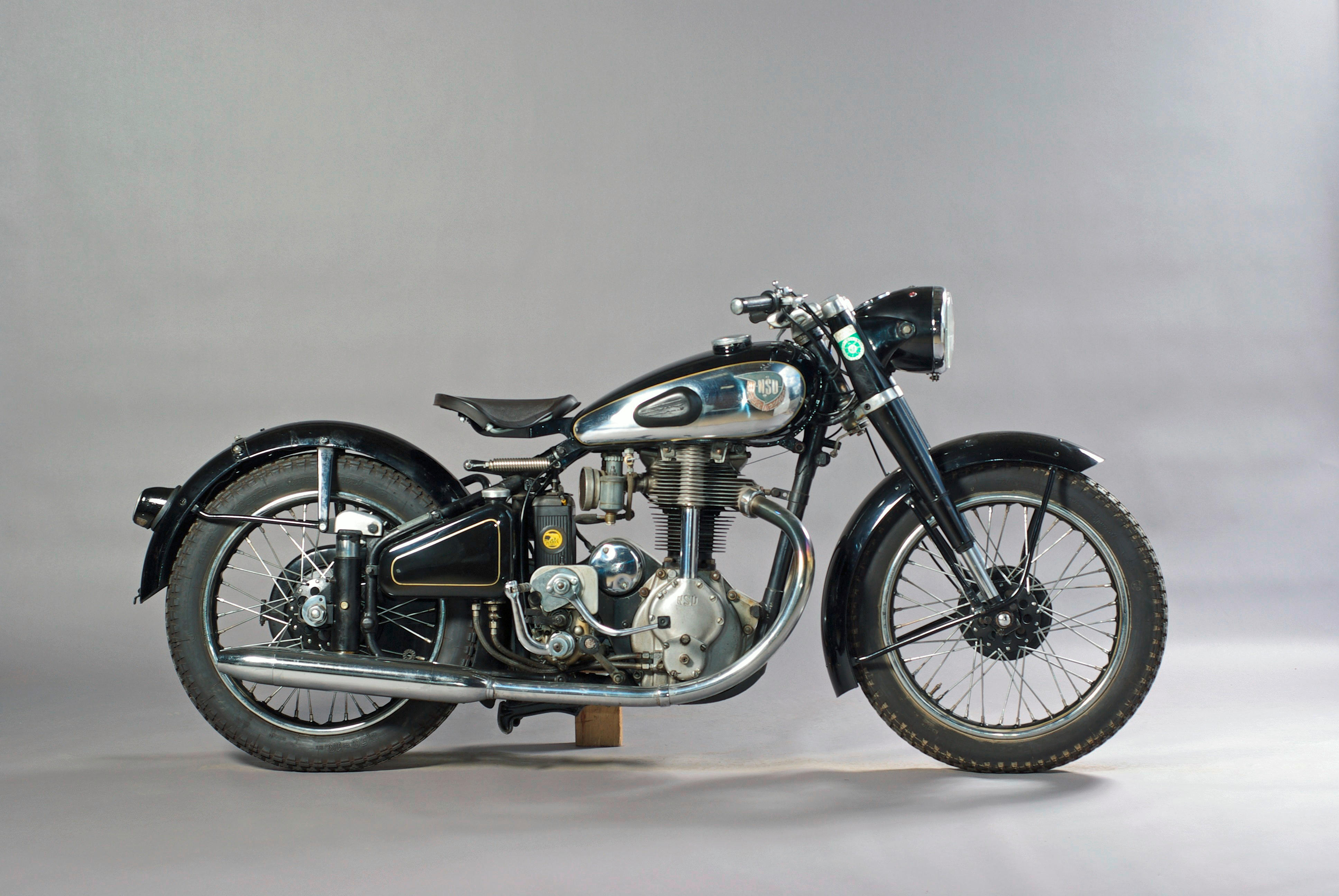
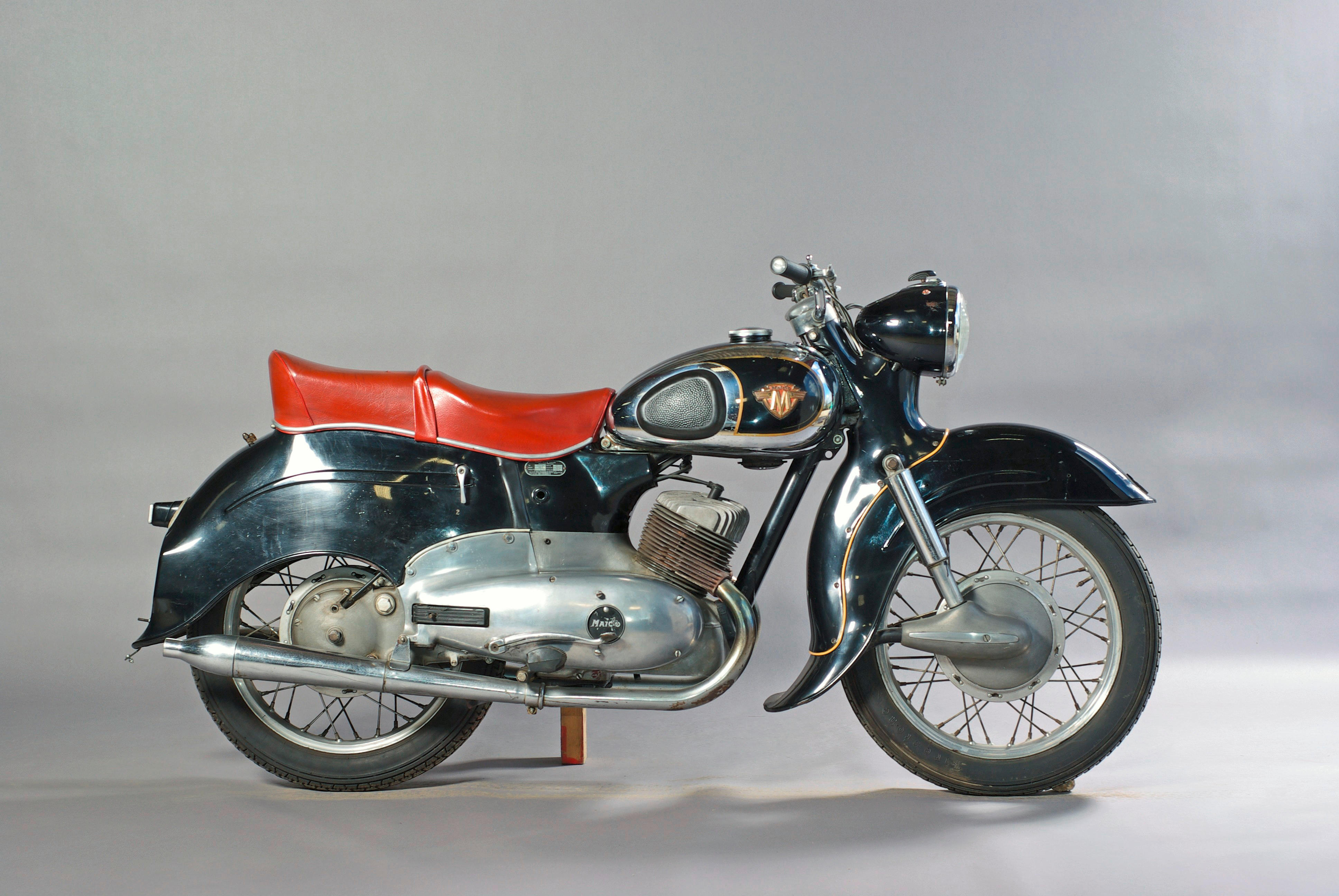
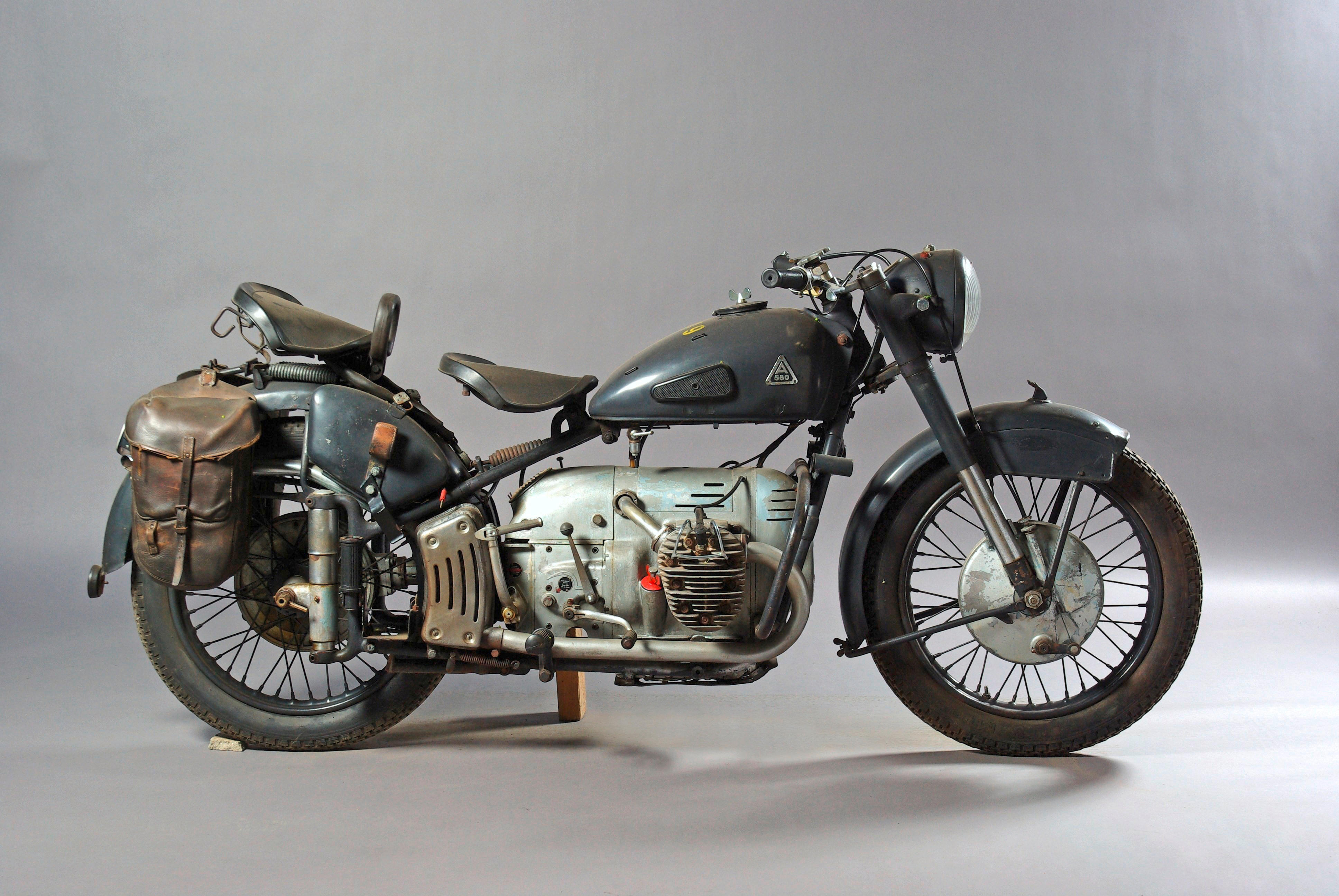
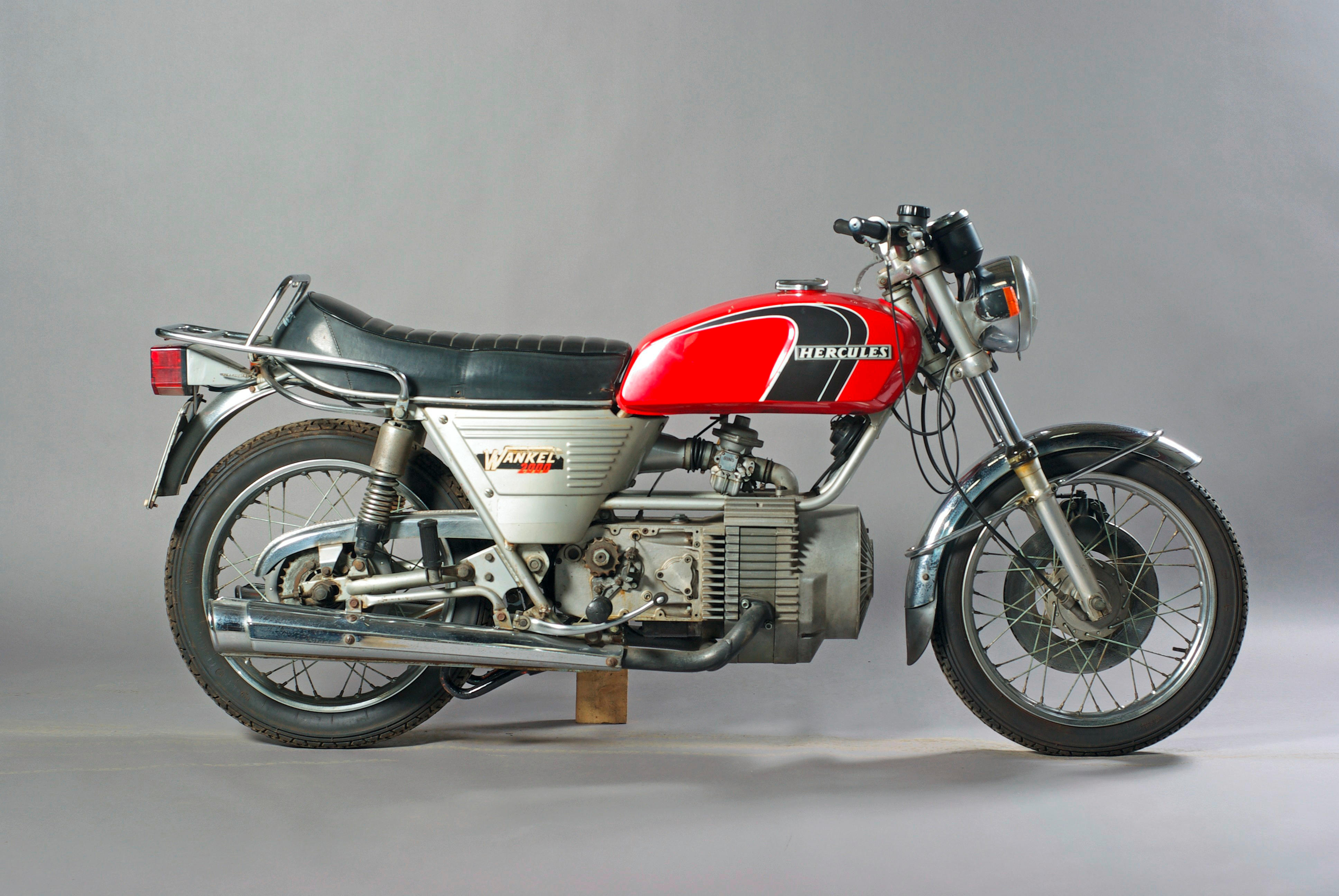

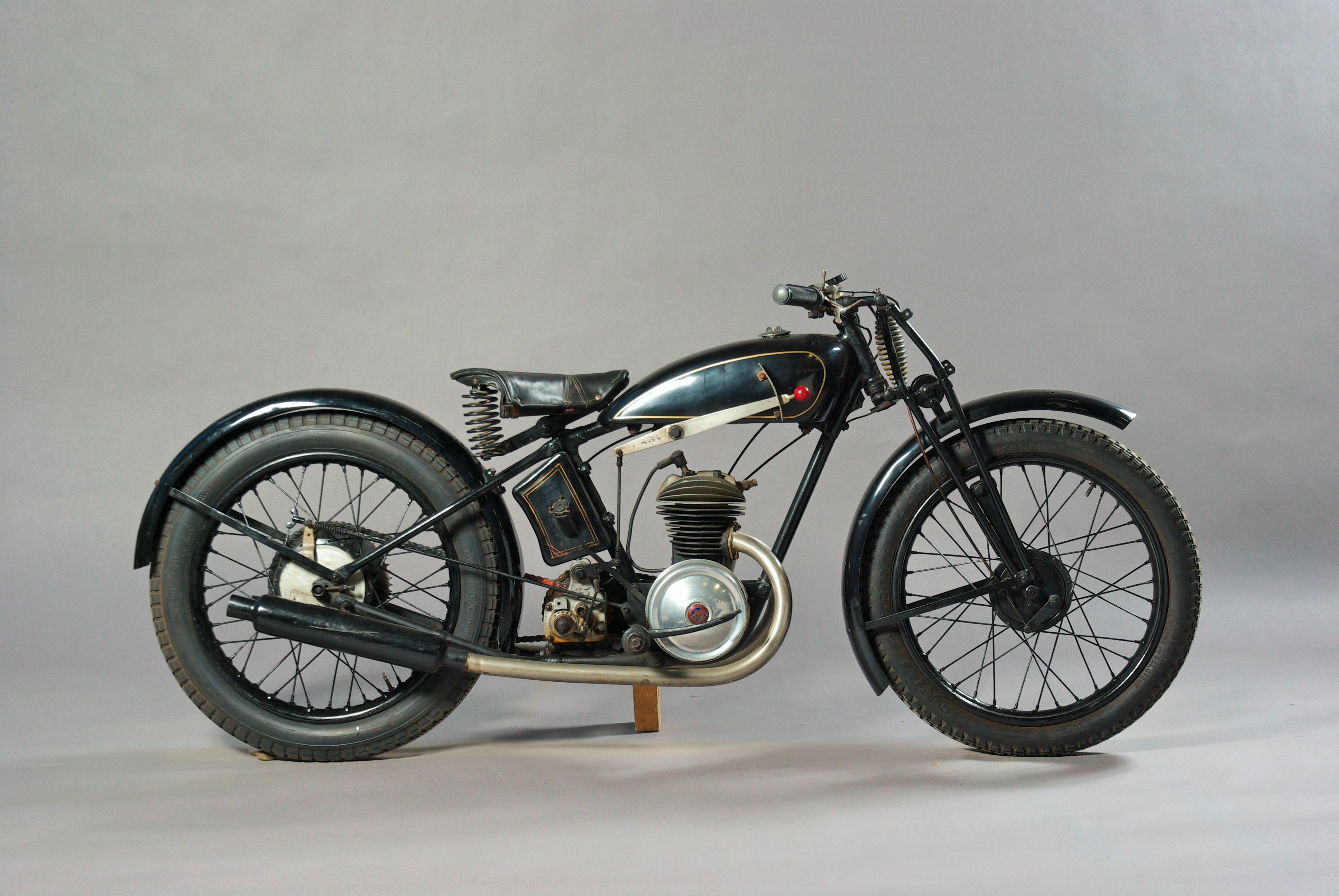

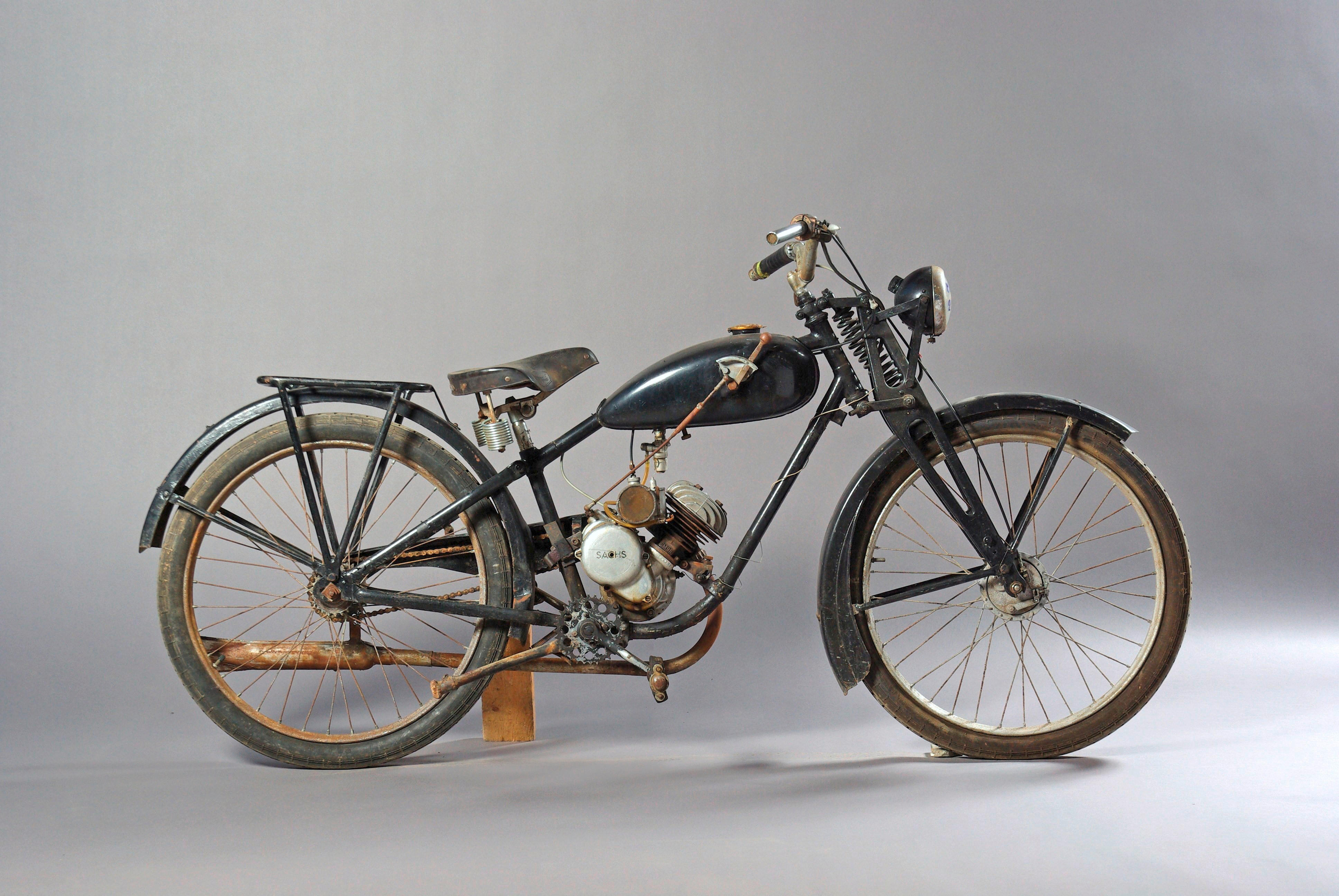
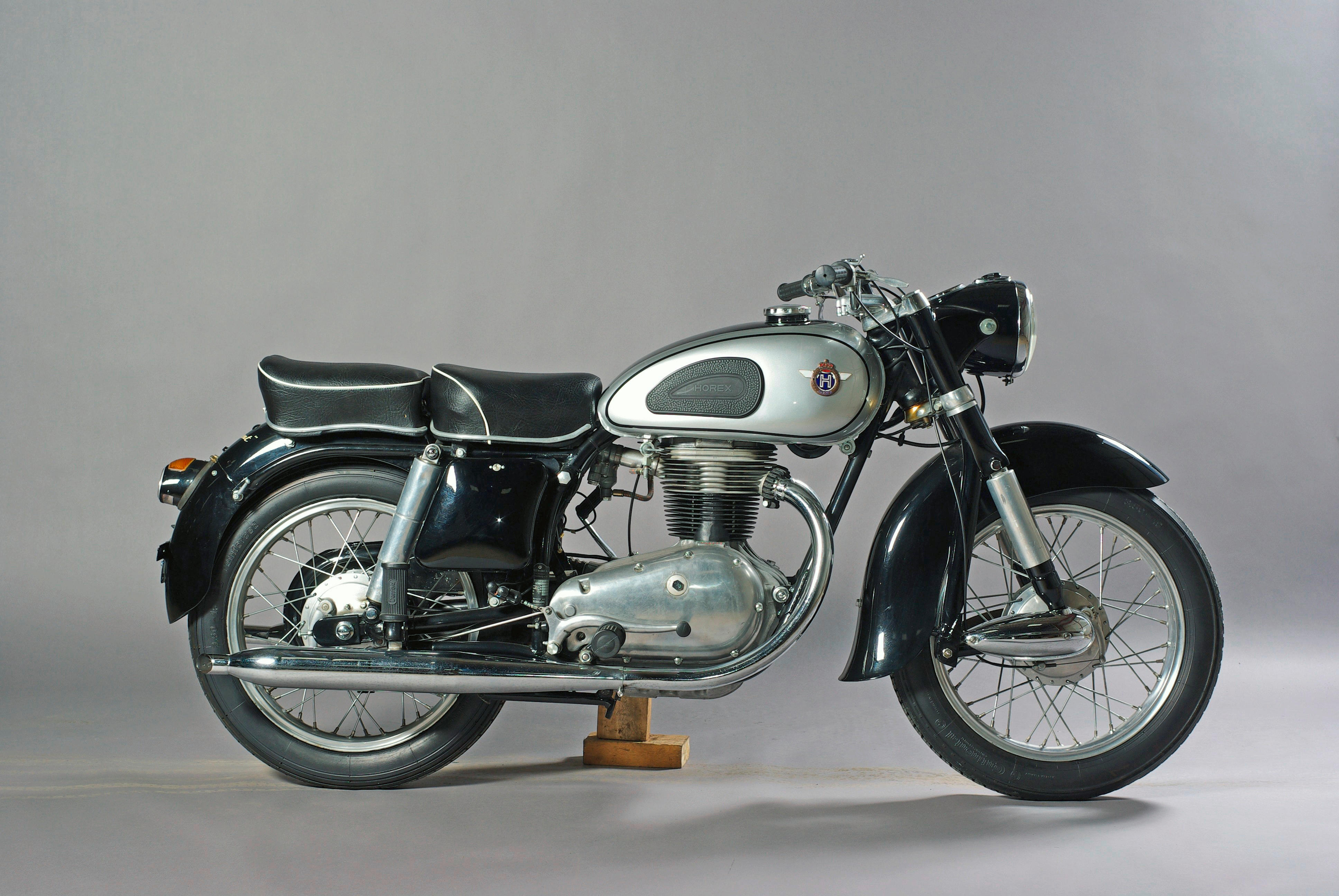
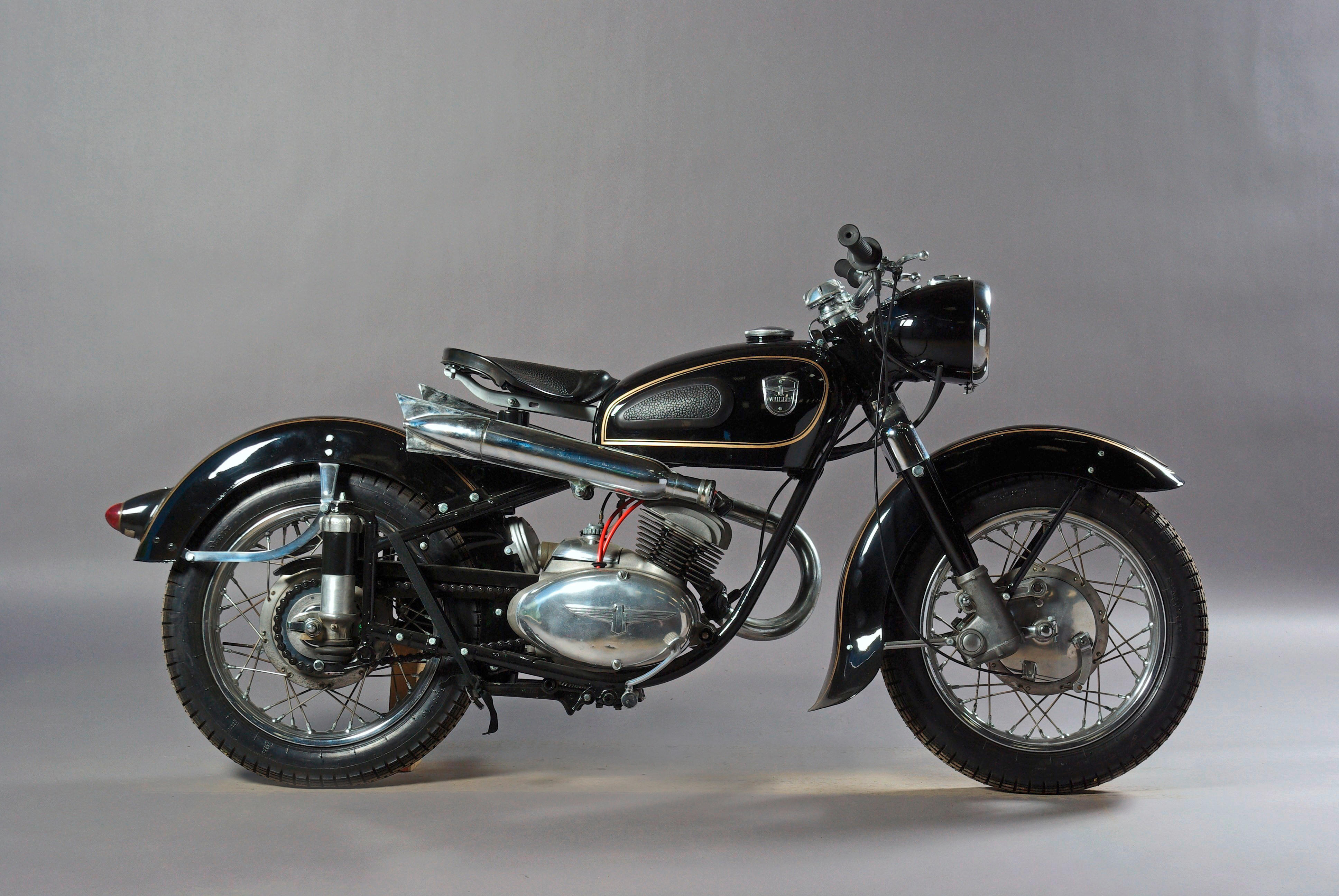
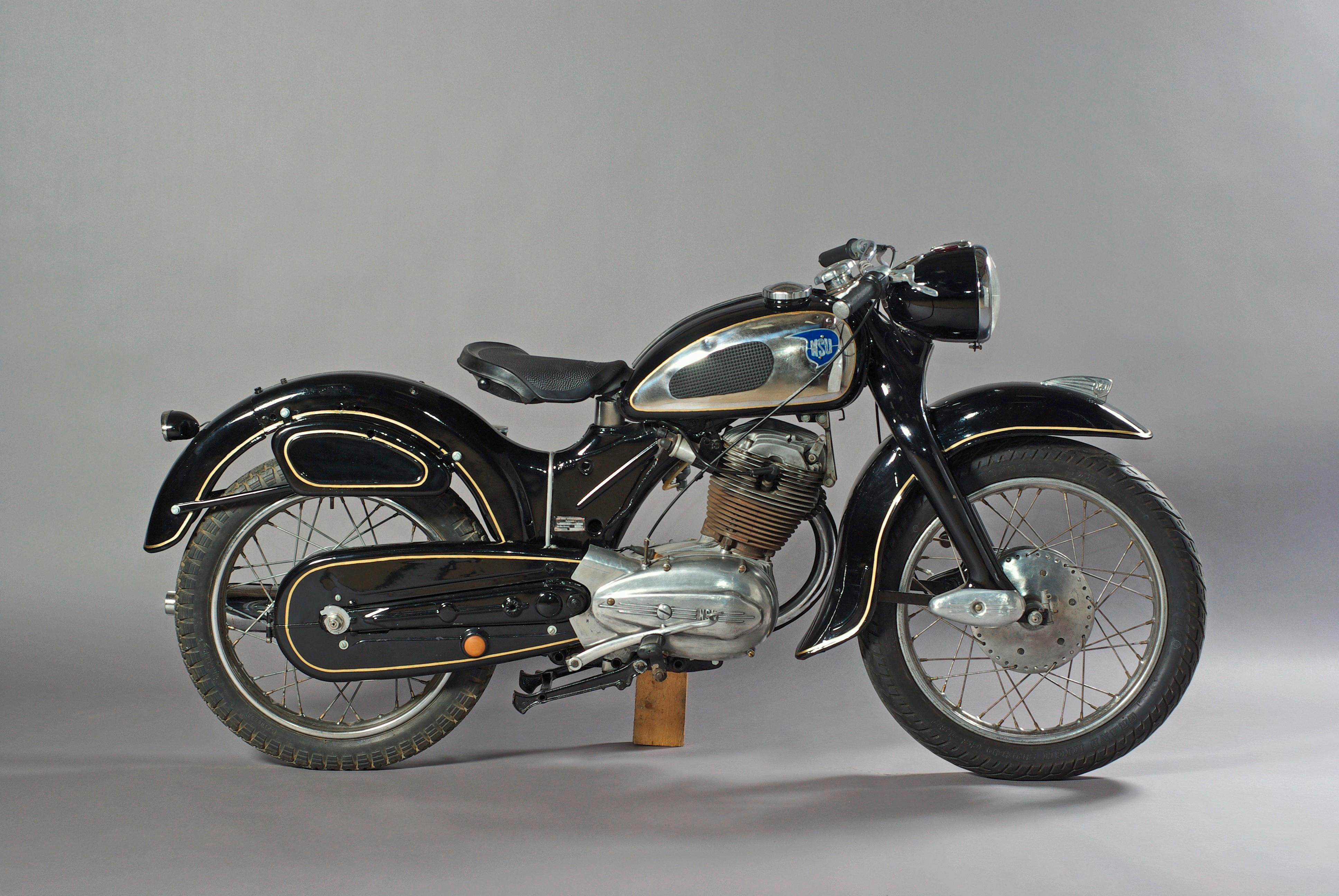
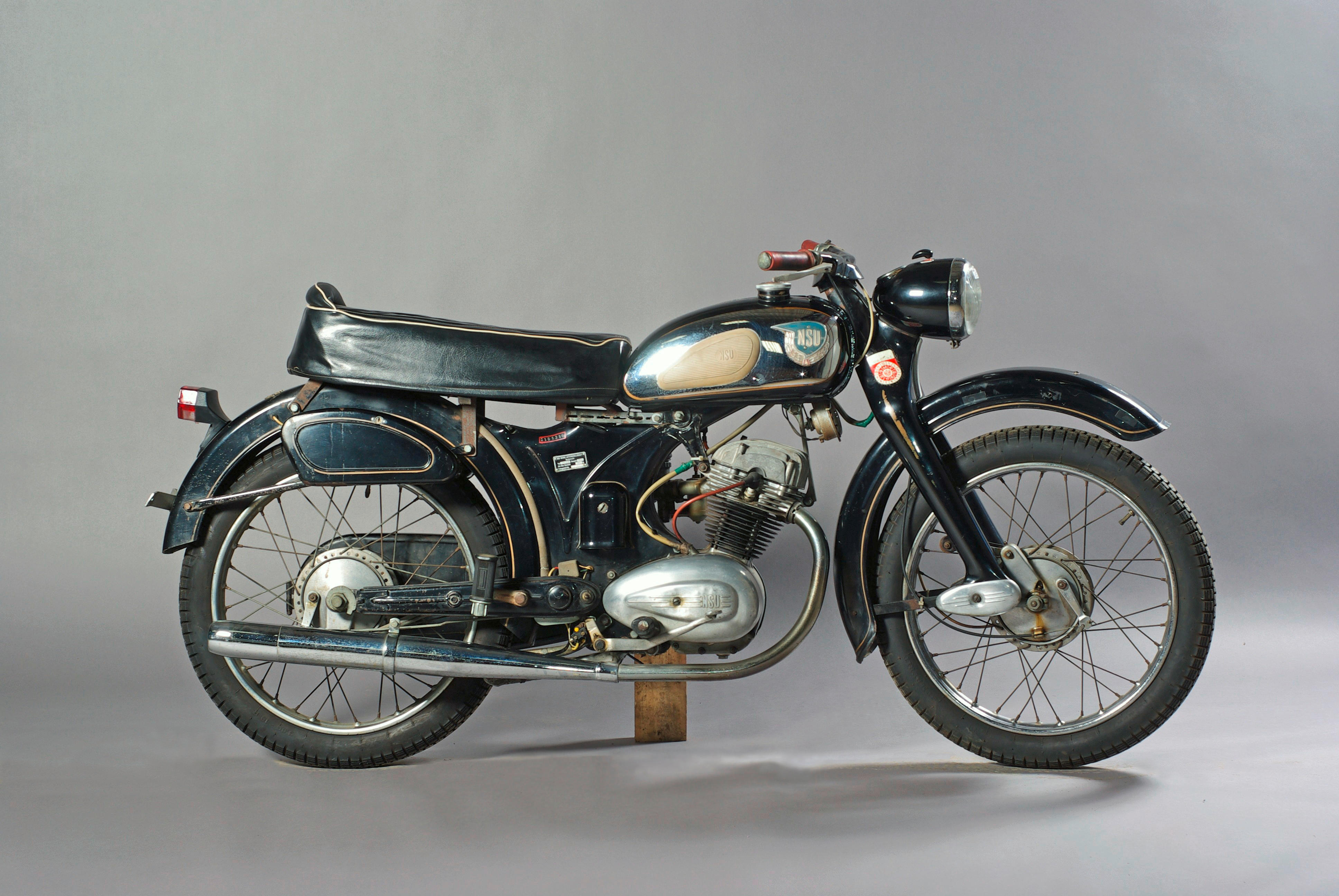



Testen Sie LotSearch und seine Premium-Features 7 Tage - ohne Kosten!
Lassen Sie sich automatisch über neue Objekte in kommenden Auktionen benachrichtigen.
Suchauftrag anlegen